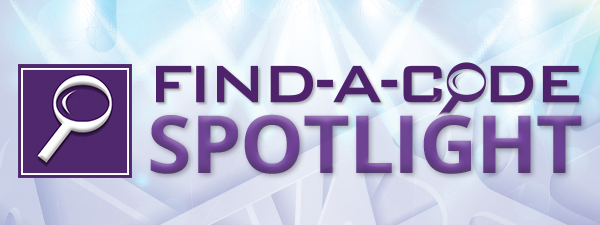 Should ROM Testing be Reported with Evaluation and Management Services?January 22, 2018
We recently received an email from a reader asking whether or not range of motion (ROM) testing (95851-95852) using a duel computerized inclinometer with a separate report when done at the same time as an Evaluation and Management (E/M) services, could be billed if reported with modifier 59 to override the NCCI edit. The reader referred to the patient's condition indicating the need for “more definitive and quantifiable data” and referred to the specific ROM Assessment guides set by the AMA. Although it may seem justifiable and even medically necessary to perform these services simultaneously, CMS has determined they are incidental to each other. According to the National Correct Coding Initiative (NCCI) edits, when range of motion (ROM) testing is performed (95851-95852) at the same time as an Evaluation and Management (E/M) service it will be denied as incidental (or an expected part of) the physical examination portion of the EM service. In other words, the physical examination portion of the E/M service should include ROM testing, if performed so they will not pay for it separately. Medicare addresses exactly this situation in the Medicare Benefit Policy Manual, Chapter 15, Section 240.1.2: A subluxation may be demonstrated by….Physical Examination Evaluation of musculoskeletal/nervous system to identify:
To demonstrate a subluxation based on physical examination, two of the four criteria mentioned under “physical examination” are required, one of which must be asymmetry/misalignment or range of motion abnormality." Additionally, according to the NCCI edits ROM testing can only be reported with certain critical care E/M services but these would not likely be performed by Chiropractors in the hospital setting. So when can you be reimbursed for reporting ROM testing? A provider, properly educated, licensed, and allowed under state practicing laws who performs ROM testing (95851 - 95852) as a separate and independent service could be eligible for reimbursement, as long as a separate written report identifying any findings is included in the medical record. Many physical therapists routinely perform both ROM testing (95852-95852) and manual muscle testing (MMT) (95831 - 95834) as a routine part of 97750. In this situation, ROM and MMT would not be separately billable, but rather would be billed as part of 97750 instead. A caveat about this code, that many forget is the description for 95851 is that it is range of motion testing per extremity (each extremity), meaning for each extremity you do, you can bill one (1) unit of service. However, each extremity has the ability to check range of motion for each joint pertaining to that extremity and many times only one is performed. Documentation must clearly identify the complete ROM testing for each extremity for which a unit of service is reported. The specialized software for ROM testing is useful for many providers; however, the circumstances surrounding the reason for the test and the other services performed at the same encounter will completely determine whether or not these services are reimbursable or considered incidental to the other services provided. To ensure proper reporting, always check your codes using the NCCI Validator Tool, available through certain Find-A-Code subscriptions.
share
More Items in January 2018
To view more items select a month from our "Items by Month" list. |
2021 - View 2020 - View 2019 - View 2018 - View 2017 - View 2016 - View 2015 - View 2014 - View 2013 - View 2012 - View 2011 - View 2010 - View 2009 - View 2008 - View |
Thank you for choosing Find-A-Code, please Sign In to remove ads.

 Quick, Current, Complete - www.findacode.com
Quick, Current, Complete - www.findacode.com